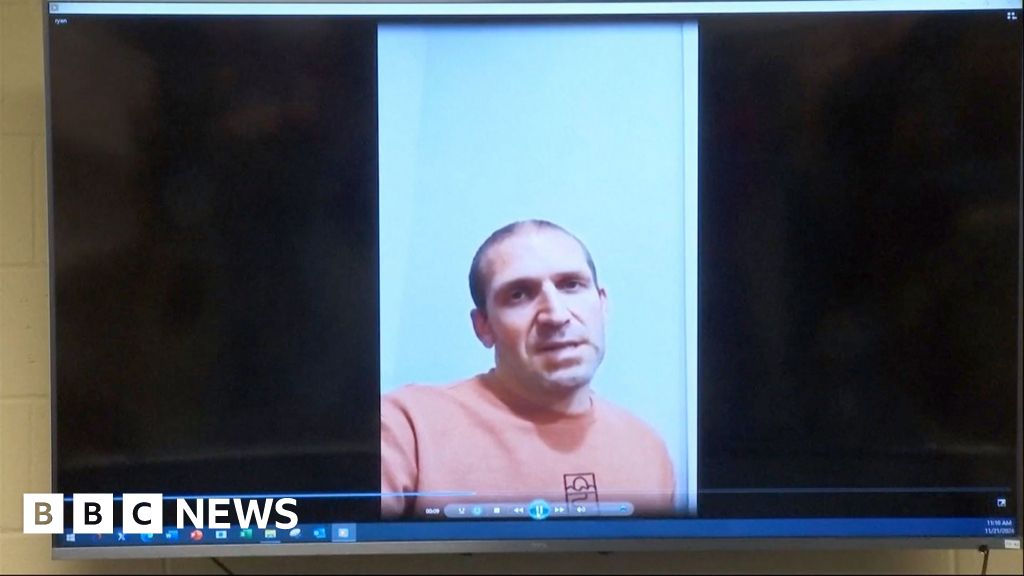Researchers have developed a tool that uses artificial intelligence to mark any part of the cancerous brain tumour that remains behind after surgery, within 10 seconds, according to a report in Science Daily.
The breakthrough technology, named FastGlioma, was introduced in a research paper titled "Foundation models for fast, label-free detection of glioma infiltration" in Nature Journal, and claims to beat the traditional methods by a wide margin.
FastGlioma has an exceptional average success rate of 92 percent, in detecting and calculating the remaining tumour from an operated patient. The new technology only missed the high-risk residual tumour only 3.8 percent of the time, compared to a 25 percent miss rate in conventional methods.
Such a tool could be a state-of-the-art innovation for the treatment of patients with brain cancer, according to the team of experts behind it from the University of Michigan and the University of California, San Francisco.
How it works
Removal of brain tumours has proven to be a difficult affair for neurosurgeons worldwide. The brain is an extremely sensitive organ, and surgical removal of tumours often leaves behind some cancerous mass. This can cause recurrence of cancer in patients, often leading to loss of life.
Traditional methods to detect residual tumour tissue in neurosurgery employ MRI imaging during the surgery procedure, combined with use of fluorescent agents- a method that has the resource as well as specificity constraint as it only works on some types of tumours.
FastGlioma fills this gap by providing a quicker, more accessible and precise solution to this critical problem. It is an artificial intelligence system that is referred to as foundation models- similar to AI tool based on GPT-4 and DALL·E 3, trained on big datasets that can be tailored to several types of applications from image classification to generating text.
The model has been pre-trained on more than 11,000 surgical specimens and over 4 million unique microscopic fields of view for FastGlioma. The imaging is done through stimulated Raman histology- a high-resolution optical imaging technique developed at University of Michigan.
"The technology works faster and more accurately than current standard of care methods for tumour detection and could be generalised to other paediatric and adult brain tumour diagnosis. It could serve as a foundational model for guiding brain tumour surgery." said Todd Hollon, M.D. Neurosurgeon at University of Michigan and co-author of the research paper.
FastGlioma has two modes; one with full resolution images that takes about 100 seconds, and a fast mode that has lower resolution images with just 10 seconds' output.
"This means that we can detect tumour infiltration in seconds with extremely high accuracy, which could inform surgeons if more resection is needed during an operation," added Hollon.
The implications of this technology go beyond brain tumours. Researchers suggest that FastGlioma could be adapted for other types of brain tumours, including paediatric cases like medulloblastoma and ependymoma and non-glioma tumours, such as meningiomas.

 1 week ago
6
1 week ago
6









